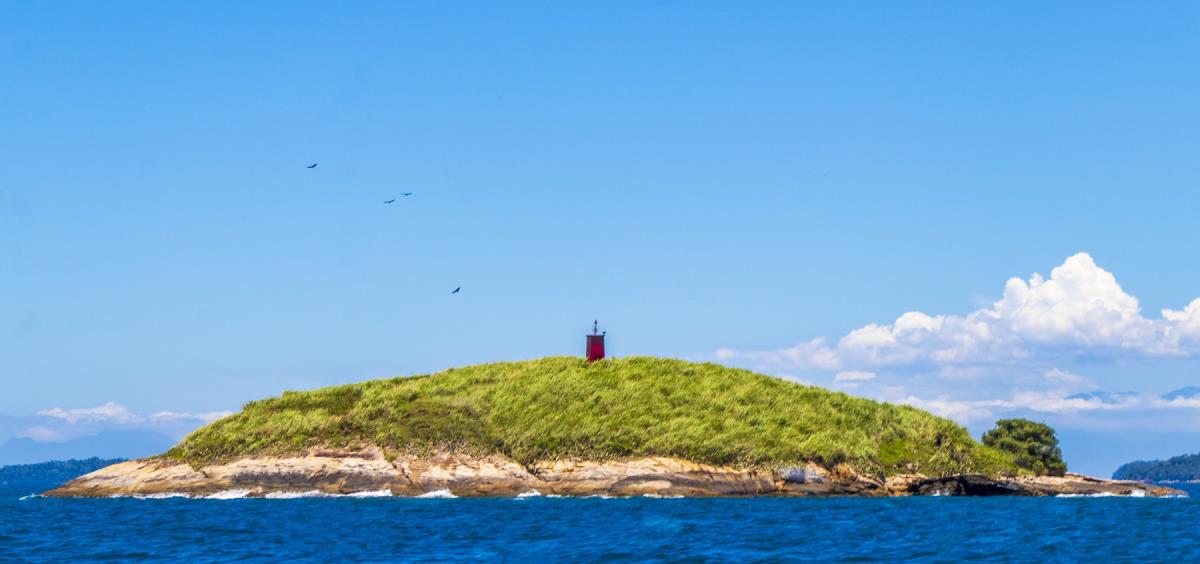Snake Island, also known as Ilha de Queimada Grande, is located near the coast of Sao Paulo, Brazil, and is considered the most dangerous place in the world due to its large population of venomous golden lancehead snakes. Access to the island has been strictly prohibited since the 1920s, with only a few scientists and military personnel allowed to visit annually. The venom of these snakes is extremely potent, causing severe symptoms including tissue damage and even melting human flesh. The Brazilian Navy occasionally maintains a lighthouse on the island. Visits are extremely rare and dangerous, with scientists studying the snake venom to better understand its properties.
Political Perspectives:
Left: Left-leaning sources tend to emphasize the environmental and scientific aspects of Snake Island, highlighting the importance of preserving its unique ecosystem and the role of scientific research in understanding venomous snakes. They may also focus on the dangers posed by human interference and the need for conservation.
Center: Centrist sources provide a balanced view, reporting on the island’s danger due to the venomous snakes, the strict access restrictions, and the scientific interest in the venom. They focus on factual information about the island’s geography, the species of snakes, and the safety measures in place.
Right: Right-leaning sources might emphasize the security and military aspects, such as the Brazilian Navy’s role in guarding the island and maintaining the lighthouse. They may also highlight the island as a symbol of natural danger and national sovereignty, stressing the importance of controlling access to protect both people and the environment.



















